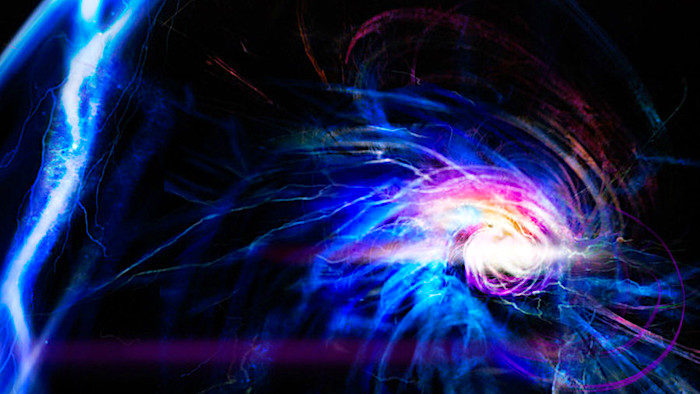OF THE
TIMES
ReRan: Afwan. i can’t take any credit if I am correct though, all praise is always His. SubhanAllahiwabihamd ihi. I don’t know about you, but I...
It took JPL 5 months to replace the retired geriatric CIA operative that has been faking the Voyager data this whole time. The Voyager craft never...
Beautiful and scary at the same time. Wonder when the big one will strike! ☄️ P.S This is probably what happened over Stockton, California.
Hi All, I just finished reading “Grand Deception,” (I highly recommend it) and next wanted to find the documentary that was withheld from release....
Coulda, woulda, shoulda. It seems a bit late now to talk about an unnecessary NATO.
To submit an article for publication, see our Submission Guidelines
Reader comments do not necessarily reflect the views of the volunteers, editors, and directors of SOTT.net or the Quantum Future Group.
Some icons on this site were created by: Afterglow, Aha-Soft, AntialiasFactory, artdesigner.lv, Artura, DailyOverview, Everaldo, GraphicsFuel, IconFactory, Iconka, IconShock, Icons-Land, i-love-icons, KDE-look.org, Klukeart, mugenb16, Map Icons Collection, PetshopBoxStudio, VisualPharm, wbeiruti, WebIconset
Powered by PikaJS 🐁 and In·Site
Original content © 2002-2024 by Sott.net/Signs of the Times. See: FAIR USE NOTICE

Reader Comments
to our Newsletter